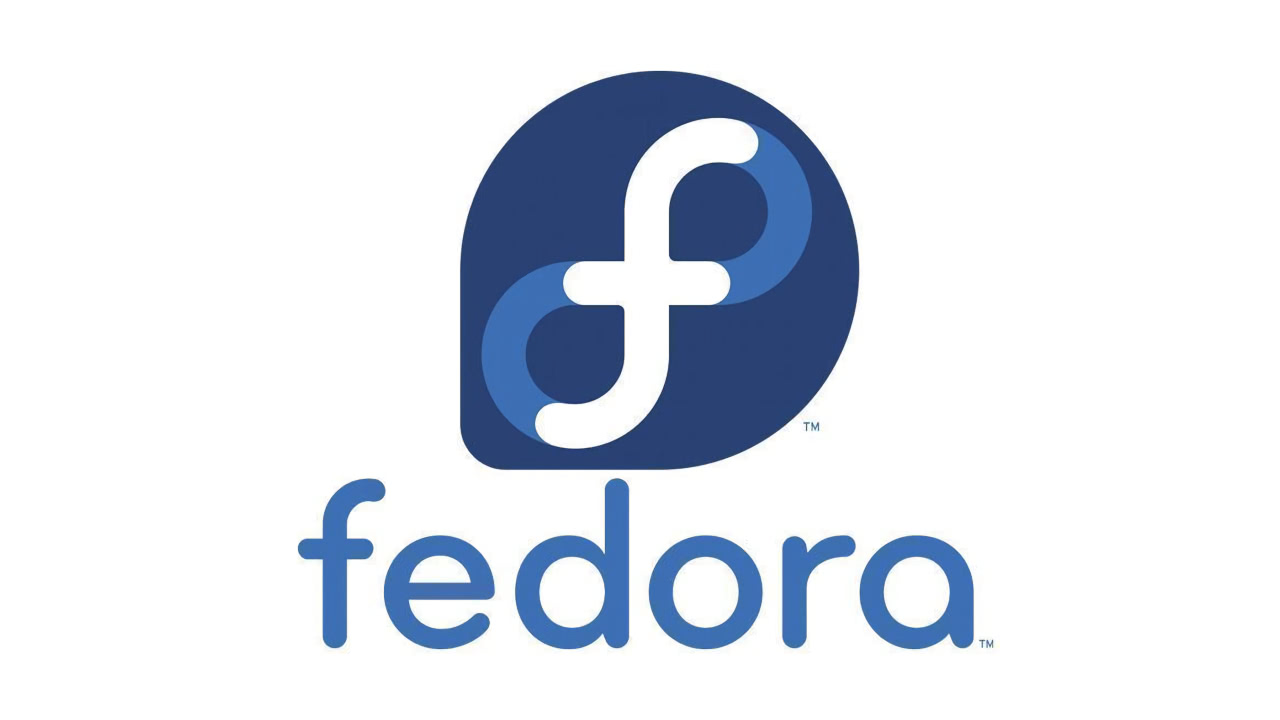Fedora: The New Ubuntu?

I happened to be subscribed to The Linux Experiment’s YouTube channel. I noticed a new video he posted yesterday regarding the strengths Fedora has over the last couple of months he’s used the distro. Other mainstream Fedora users include Adam Adamou, chief strategy officer at OverActive Media (esports organization), and the developer of Proton GE. And now Nick is the latest to join the Fedora crusade.
Canonical had paved the way to Linux adoption; Ubuntu had a decent software lineup, an easy-to-use interface, and it was “pushing innovation in the desktop space.” Nowadays it seems like Ubuntu has lost it’s touch with proprietary Snap packages, 6-month-old software, and an app store that simply doesn’t work. Derek Taylor from DistroTube regarded Ubuntu 21.10 as “the worst Ubuntu release in years.”
So it seems Fedora has picked up the slack and has been the new motivator for new technologies. For instance, Fedora was the first to adopt Wayland as the default display protocol. It was also the first to push immutable file systems with Fedora Silverblue (makes me wonder what SteamOS on the Steam Deck would have adopted if it weren’t for Silverblue), the first to make use of Pipewire, and the first to make Flatpaks more mainstream (again, Valve probably took a lot of notes from Fedora to make use of Flatpaks to allow users to install apps on their Deck without modifying the system partition). Without Fedora’s push for these new technologies, we would probably be still in the stone ages as far as X11 goes, pulseaudio, and writable system partitions (which could break the OS for inexperienced users).
I mean, X11 will still be used by many, especially for those who want to make use of NVIDIA’s proprietary graphics drivers, but X11 won’t be getting updates any more and has entered the maintenance phase. Wayland will bring new things to the table and will bring exciting features to the Linux desktop. The same goes for Pipewire.
 Image credit: OMG! Ubuntu!
Image credit: OMG! Ubuntu!
Nick also noted Fedora as having cutting-edge software rather than bleeding-edge. In other words, Fedora gets software that’s far newer than Ubuntu, but not quite as new as a rolling release distro, such as Arch, where the software hasn’t been tested enough and could break things. Fedora has recent software without breaking the system’s stability. The result is a “rock solid” experience, without any small issues cropping up later on.
Fedora also ships with vanilla software: the vanilla GNOME desktop environment, the vanilla Linux kernel, vanilla everything, unlike Ubuntu where they use a modified version of GNOME with configuration and theming tweaks. Nick did say the vanilla GNOME DE does require some getting used to, but afterwards productively is seamless.
While the Arch Wiki has excellent documentation, so doesn’t Fedora. There’s a community there at large, ready to help you on your journey and help you make use of Fedora’s dnf package manager. Most software is available either as an RPM package or a Flatpak and can easily be installed and updated through the GNOME Software application.
 Image credit: GetMyOS
Image credit: GetMyOS
I have only briefly tried Fedora on a review laptop that I had several months ago, but after watching this video I’m curious about trying it again and using it as my daily driver. It’s not often that things break on me with Arch, but it will be nice to try something new.
What do you guys think? Could Fedora be the new Ubuntu?